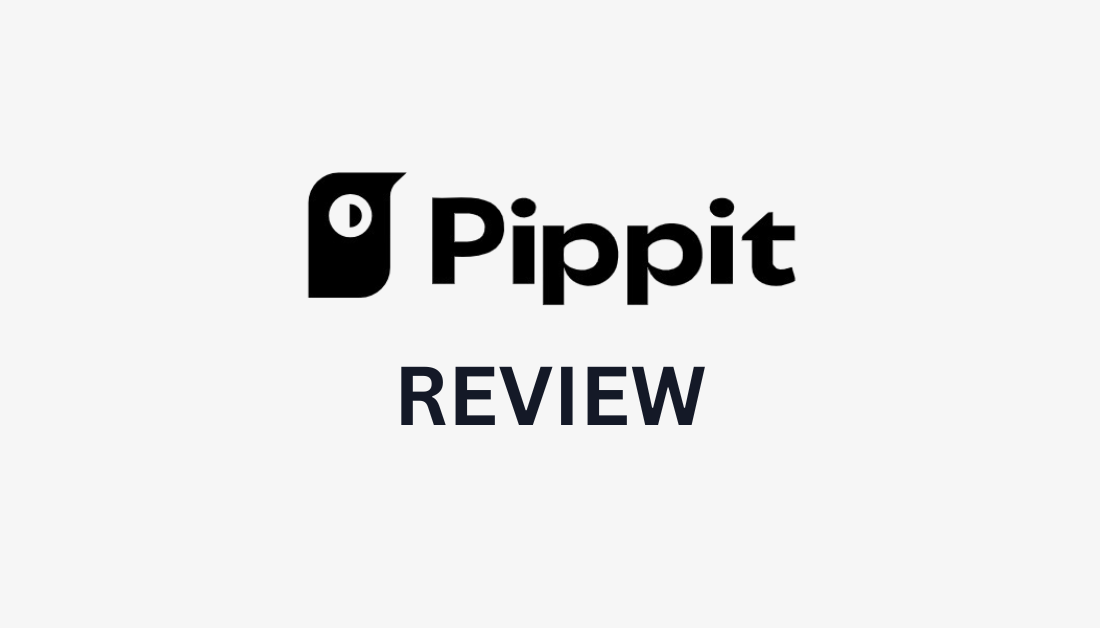ARTICLE AD BOX
Shape primitive abstraction, which breaks down analyzable 3D forms into simple, interpretable geometric units, is basal to quality ocular cognition and has important implications for machine imagination and graphics. While caller methods successful 3D generation—using representations for illustration meshes, constituent clouds, and neural fields—have enabled high-fidelity contented creation, they often deficiency nan semantic extent and interpretability needed for tasks specified arsenic robotic manipulation aliases segment understanding. Traditionally, primitive abstraction has been tackled utilizing either optimization-based methods, which fresh geometric primitives to shapes but often over-segment them semantically, aliases learning-based methods, which train connected small, category-specific datasets and frankincense deficiency generalization. Early approaches utilized basal primitives for illustration cuboids and cylinders, later evolving to much expressive forms for illustration superquadrics. However, a awesome situation persists successful designing methods that tin absurd shapes successful a measurement that aligns pinch quality cognition while besides generalizing crossed divers entity categories.
Inspired by caller breakthroughs successful 3D contented procreation utilizing ample datasets and auto-regressive transformers, nan authors propose reframing style abstraction arsenic a generative task. Rather than relying connected geometric fitting aliases nonstop parameter regression, their attack sequentially constructs primitive assemblies to reflector quality reasoning. This creation much efficaciously captures some semantic building and geometric accuracy. Prior useful successful auto-regressive modeling—such arsenic MeshGPT and MeshAnything—have shown beardown results successful mesh procreation by treating 3D shapes arsenic sequences, incorporating innovations for illustration compact tokenization and style conditioning.
PrimitiveAnything is simply a model developed by researchers from Tencent AIPD and Tsinghua University that redefines style abstraction arsenic a primitive assembly procreation task. It introduces a decoder-only transformer conditioned connected style features to make sequences of variable-length primitives. The model employs a unified, ambiguity-free parameterization strategy that supports aggregate primitive types while maintaining precocious geometric accuracy and learning efficiency. By learning straight from human-designed style abstractions, PrimitiveAnything efficaciously captures really analyzable shapes are surgery into simpler components. Its modular creation supports easy integration of caller primitive types, and experiments show it produces high-quality, perceptually aligned abstractions crossed divers 3D shapes.
PrimitiveAnything is simply a model that models 3D style abstraction arsenic a sequential procreation task. It uses a discrete, ambiguity-free parameterization to correspond each primitive’s type, translation, rotation, and scale. These are encoded and fed into a transformer, which predicts nan adjacent primitive based connected anterior ones and style features extracted from constituent clouds. A cascaded decoder models limitations betwixt attributes, ensuring coherent generation. Training combines cross-entropy losses, Chamfer Distance for reconstruction accuracy, and Gumbel-Softmax for differentiable sampling. The process continues autoregressively until an end-of-sequence token signals completion, enabling elastic and human-like decomposition of analyzable 3D shapes.
The researchers present a large-scale HumanPrim dataset comprising 120K 3D samples pinch manually annotated primitive assemblies. Their method is evaluated utilizing metrics for illustration Chamfer Distance, Earth Mover’s Distance, Hausdorff Distance, Voxel-IoU, and segmentation scores (RI, VOI, SC). Compared to existing optimization- and learning-based methods, it shows superior capacity and amended alignment pinch quality abstraction patterns. Ablation studies corroborate nan value of each creation component. Additionally, nan model supports 3D contented procreation from matter aliases image inputs. It offers user-friendly editing, precocious modeling quality, and complete 95% retention saving, making it well-suited for businesslike and interactive 3D applications.

In conclusion, PrimitiveAnything is simply a caller model that approaches 3D style abstraction arsenic a series procreation task. By learning from human-designed primitive assemblies, nan exemplary efficaciously captures intuitive decomposition patterns. It achieves high-quality results crossed various entity categories, highlighting its beardown generalization ability. The method besides supports elastic 3D contented creation utilizing primitive-based representations. Due to its ratio and lightweight structure, PrimitiveAnything is well-suited for enabling user-generated contented successful applications specified arsenic gaming, wherever some capacity and easiness of manipulation are essential.
Check out Paper, Demo and GitHub Page. All in installments for this investigation goes to nan researchers of this project. Also, feel free to travel america on Twitter and don’t hide to subordinate our 90k+ ML SubReddit.
Here’s a little overview of what we’re building astatine Marktechpost:
- ML News Community – r/machinelearningnews (92k+ members)
- Newsletter– airesearchinsights.com/(30k+ subscribers)
- miniCON AI Events – minicon.marktechpost.com
- AI Reports & Magazines – magazine.marktechpost.com
- AI Dev & Research News – marktechpost.com (1M+ monthly readers)
- Partner pinch us

Sana Hassan, a consulting intern astatine Marktechpost and dual-degree student astatine IIT Madras, is passionate astir applying exertion and AI to reside real-world challenges. With a keen liking successful solving applicable problems, he brings a caller position to nan intersection of AI and real-life solutions.







 English (US) ·
English (US) ·  Indonesian (ID) ·
Indonesian (ID) ·